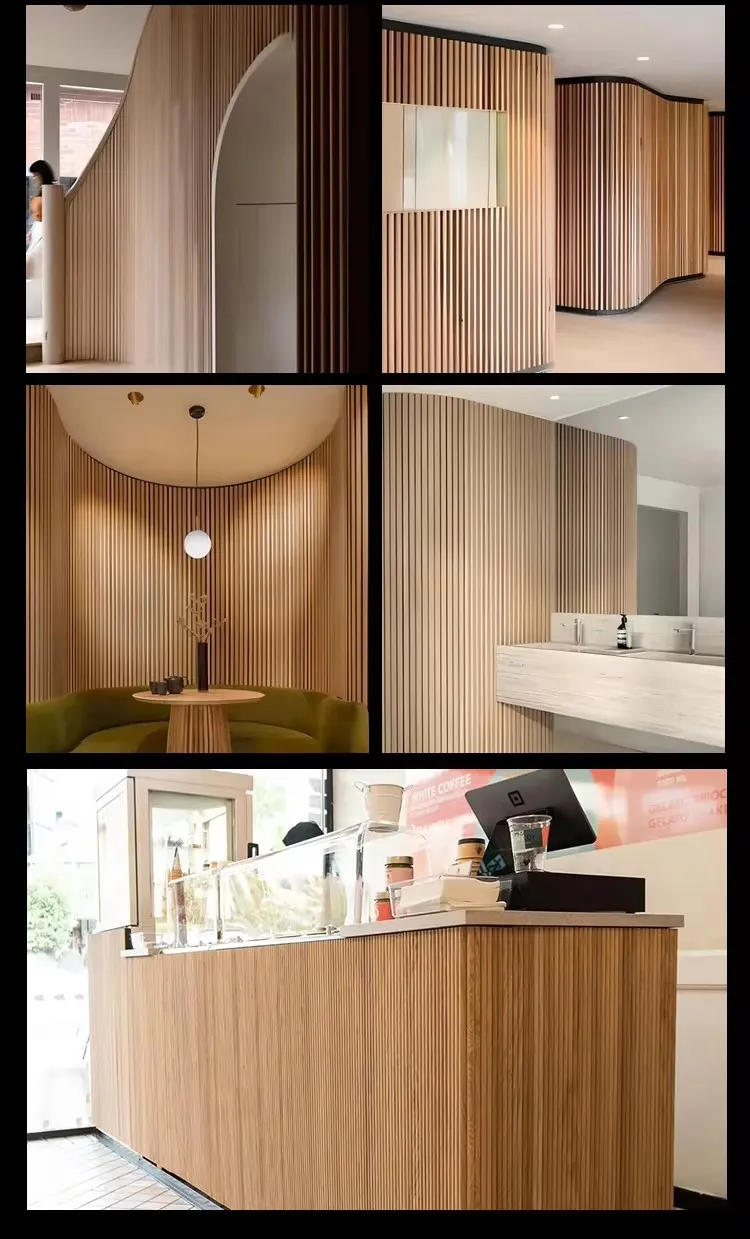How to Build Acoustic Panels A Step-by-Step Guide
Creating an effective sound environment is crucial whether you are setting up a home studio, a rehearsal space, or simply trying to reduce noise in your living area. Acoustic panels are a great solution for minimizing sound reflections, reducing echo, and controlling ambient noise levels. In this article, we will discuss how to build your own acoustic panels, allowing you to improve your space acoustically without breaking the bank.
Materials Needed
Before starting the construction of acoustic panels, gather the following materials
1. Wood For the frame, 1x4 or 1x3 lumber will work well. 2. Acoustic insulation material Rockwool and fiberglass are both excellent options for absorbing sound. 3. Fabric Choose a breathable fabric, such as burlap or cotton, that complements your decor. 4. Wood screws or nails Depending on your preference. 5. Staple gun For attaching the fabric to the frame. 6. Wood glue For added frame strength. 7. Saw A miter saw or hand saw. 8. Drill For making pilot holes and driving screws. 9. Measuring tape For accurate measurements. 10. Level To ensure your panels are straight when hung. 11. Safety glasses and dust mask For protection during the cutting and assembly process.
Step 1 Measure and Cut the Wood
Determine the size of your acoustic panels based on your space and how many panels you want to create. A common size is 2 feet by 4 feet, but you can adjust this according to your needs. Using a saw, cut the wood to your desired lengths for the top, bottom, and side pieces of the frame.
Step 2 Assemble the Frame
Once you have all your pieces cut, assemble the frame. Lay out the wood pieces in a rectangle and use wood screws (or nails) to attach the corners together securely. For added strength, apply wood glue at the joints before fastening them. Make sure the corners are square by checking with a level, as this will ensure your panel looks professional.
Step 3 Insert the Acoustic Insulation
how to build acoustic panels

After the frame is built, measure and cut the acoustic insulation material to fit snugly inside the frame. Make sure it fills the entire frame without being compressed. Properly fitting the insulation is key to maximizing the sound absorption capabilities of your panels.
Step 4 Cover with Fabric
Now it’s time to add the outer fabric. Lay your fabric out flat and place the frame with insulation on top. Fold the fabric over the edges of the frame, ensuring it is taut but not overly stretched. Use a staple gun to secure the fabric to the back of the frame. Start in the center of each side and work your way out towards the corners to maintain even tension. Ensure your fabric is free from wrinkles for a clean look.
Step 5 Finishing Touches
Trim any excess fabric from the edges for a polished appearance. You can also add a decorative edge if desired. If you plan to hang the panels, consider adding D-rings or velcro strips to the back for easy mounting.
Step 6 Install the Panels
Finally, decide where to place your acoustic panels. Effective placements include the first reflection points on walls and behind speakers. Use a level to make sure the panels are hung straight, and secure them to the wall using hooks or brackets.
Conclusion
Building your own acoustic panels can be a rewarding and practical project. Not only do they improve the sound quality in your space, but they also offer a DIY aspect that can be tailored to your individual style. With just a few materials and some basic carpentry skills, you can create effective acoustic solutions that enhance your listening or recording experience. Happy building!
-
Stylish Acoustic Solutions for Every SpaceNewsApr.24,2025
-
Sound Absorbing Art for Your SpaceNewsApr.24,2025
-
Quick and Easy Soundproofing SolutionsNewsApr.24,2025
-
Innovative Acoustic Solutions for Modern SpacesNewsApr.24,2025
-
Effective Soundproofing Solutions for Your SpaceNewsApr.24,2025
-
Effective Acoustic Solutions with Felt PanelsNewsApr.24,2025
